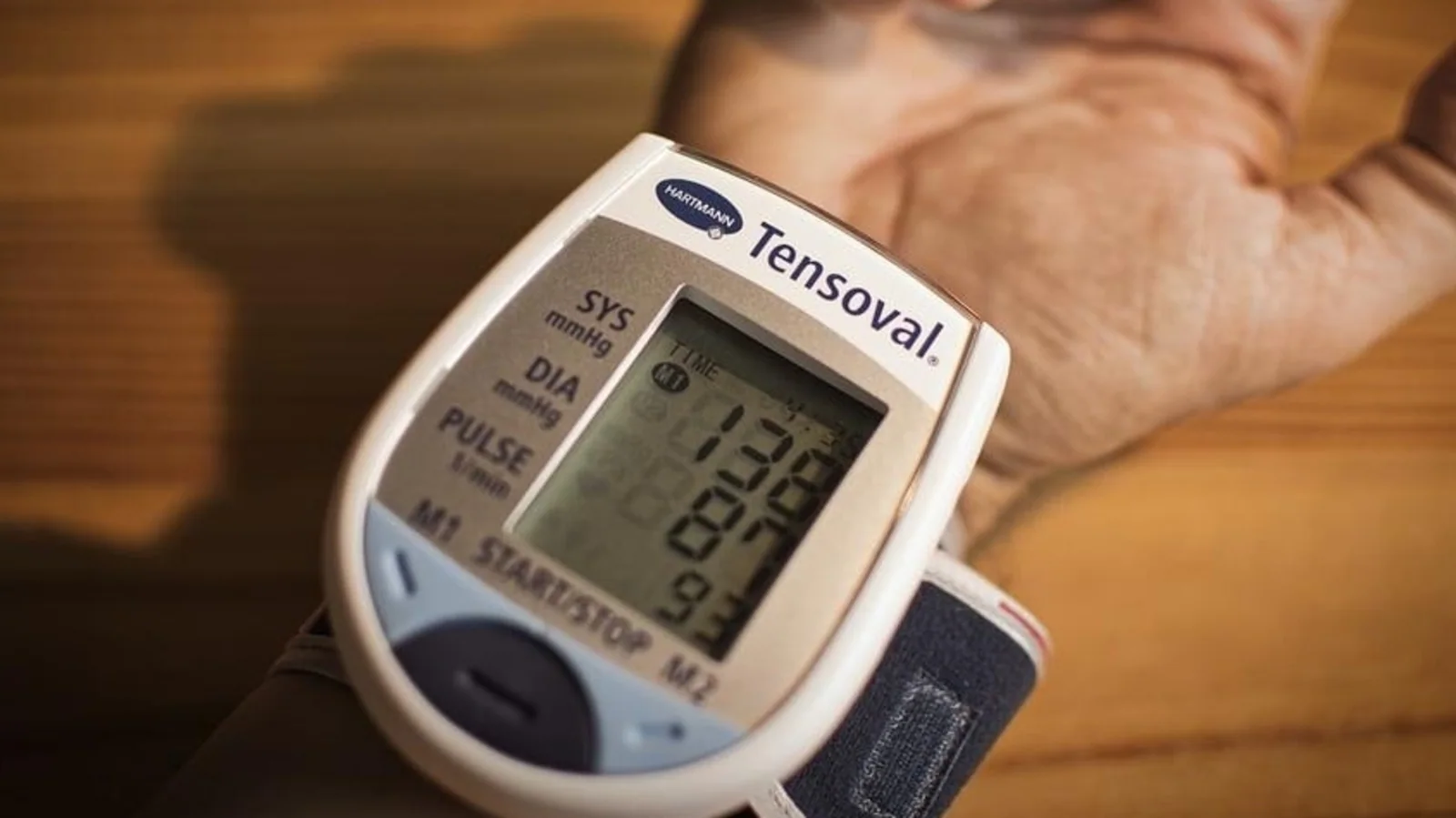Hypertension, also known as high blood pressure, kills more than 15 lakh people in India every year, but now India has started in earnest to improve care for this life-threatening condition.
India’s approach to treating hypertension has been so successful that the program received a 2022 UN Inter-Agency Task Force and the WHO Primary Health Care Special Program Award at the UN General Assembly. UN earlier this month. The award recognizes India’s “large-scale, high-impact hypertension intervention within the existing primary health care system in India.” Prime Minister Modi recognized the hard work of frontline health workers that resulted in this award in his el maan ki baat speech.
Hypertension, also known as high blood pressure, is the leading preventable risk factor for heart attacks and strokes. Improving hypertension control has the potential to save more lives than any other primary care intervention for adults, is a pioneer of Universal Health Coverage, and is crucial to achieving one of the most important targets of the Sustainable Development Goals: reducing the leading cause of premature death. by a third by 2030.
This progress is due to the India Hypertension Control Initiative (IHCI), a primary health care intervention launched in November 2017 to help India tackle hypertension with evidence-based strategies that have been shown to its effectiveness. The IHCI is greatly improving hypertension management by adapting the World Health Organization’s systematic approach to treating high blood pressure to the Indian context.
A key reason for the success of India’s hypertension control program has been the network of 150,000 Health and Wellness Centers, an integral part of the government’s Ayushman Bharat Programme, across the country. These centers have been shown to be more effective at managing blood pressure than hospitals and community health center facilities. The Center for Health and Wellness program is the most promising development in the field of Indian health care that I have seen in my nearly three decades of having the honor and privilege of working alongside health workers in India. to protect and improve health.
IHCI is currently being rolled out in 138 districts in 23 states, with more than 34 lakh people with hypertension receiving treatment at more than 15,000 government health facilities under the programme, with plans for further expansion. About half of those treated with IHCI have their blood pressure under control, much higher than the baseline control rate before the program began.
IHCI strategies are easily scalable to cover large populations, from inter-state to the entire country. These strategies include: Use of a simple drug-specific dose standard treatment protocol for all patients, ensuring an adequate amount of quality-assured protocol drugs and blood pressure monitors, care that makes the patient the VIP with convenient drug tracking and refills in their communities, shared tasks that allow all health personnel to provide care appropriate to their training under the direction of a doctor, and a real-time information system for tracking each patient for follow-up and blood pressure control.
India’s huge pharmaceutical industry is the world’s leading supplier of generic drugs, including those under IHCI protocols. My organization, Resolve to Save Lives, partners with more than 30 countries that implement hypertension control programs; India is one of the few countries where drug costs are not a major barrier to patients or the program, and in this and other ways, India can be an example and resource to the world.
An important reason for IHCI’s success has been the adoption of the Simple mobile app, a free and open source digital information system for large-scale hypertension management programs. Entirely designed in India and also used in Bangladesh, Sri Lanka and Ethiopia, Simple is fast and easy to use, and has been recognized as a digital public good that streamlines clinical encounters and provides the data needed for continuous program improvement.
Simple takes healthcare workers an average of 14 seconds to enter tracking information. A time and motion study documented that the Simple app saves nurses nearly 30 minutes every day. Detailed program reports that took staff over two hours to produce by hand can be generated with three touches of the screen. This has the potential to facilitate the rapid and effective expansion of hypertension treatment programs and save more lives.
As we mark World Heart Day on September 29, we recognize the progress India is making against this leading cause of death and the importance of protecting and expanding the program to prevent disabling and fatal heart attacks and strokes. We congratulate India for setting an example to the world, showing that it is possible for any country to provide every person with hypertension with life-saving treatment, every doctor with accurate and timely information, and every program manager with the information needed to monitor and continually improve the program.







